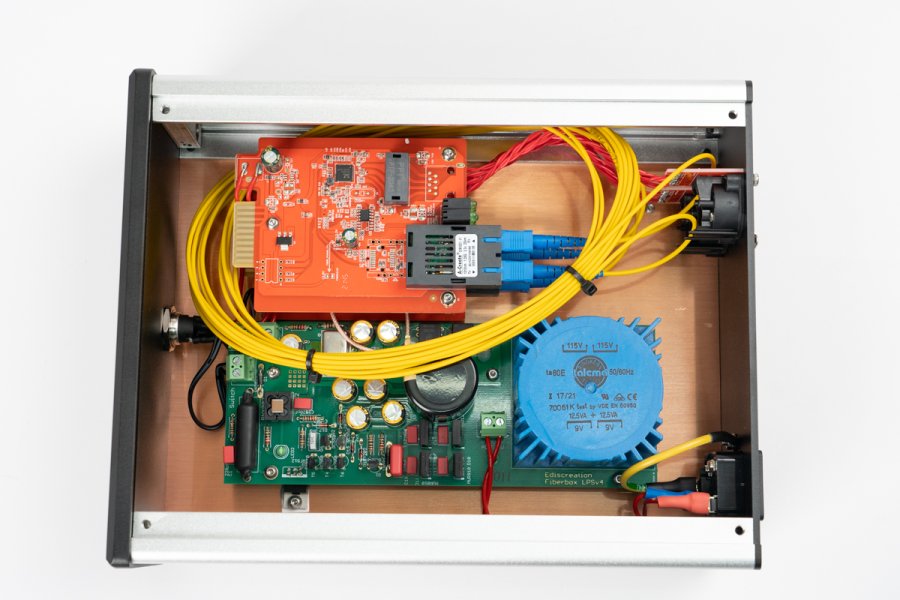Tony, thanks for your posts. My initial question about listening to local files vs. Qobuz or Tidal was focused on the influence and quality of the network involved in streaming.
When playing local files, aside from a control device connected to the K50, playback can happen without the internet. For streaming, as most do here, the internet is required—meaning everything upstream of your best (last) switch until the router could influence sound quality. That may not be audible to you, or might not make any difference at all of course. Additionally, several switch users have reported improvements when playing local files
because of the last best switch connected. That’s another debate, but in your setup local files should theoretically offer the best sound quality and serve as a great reference point for comparing streaming setups.
That brings me back to streaming with your K50. The settings you’ve shown are all pre-selections, but they still require the proper player and server configuration behind them. Among Antipodes users, there’s ongoing
discussion about the best setup for streaming. For a long time, Squeeze server to Squeeze player has been considered superior, avoiding Roon to maintain sound quality on par (or almost) with local files (though at the cost of sacrificing Roon’s great UI). Of course, catering to the need for better streaming SQ, network devices continuously improve, Roon has also evolved, and not everyone agrees on what’s best—so I’ll leave it at that.
Since you were mostly streaming—like most users here—that answers my question on how to interpret your results.















